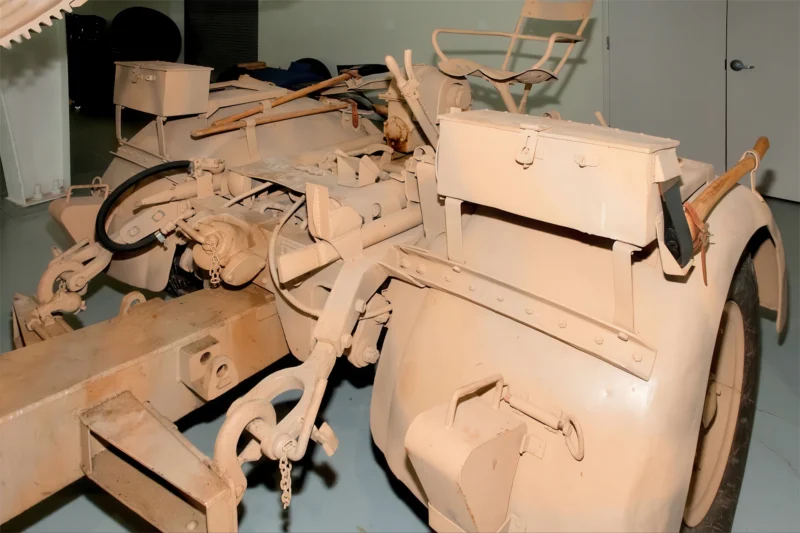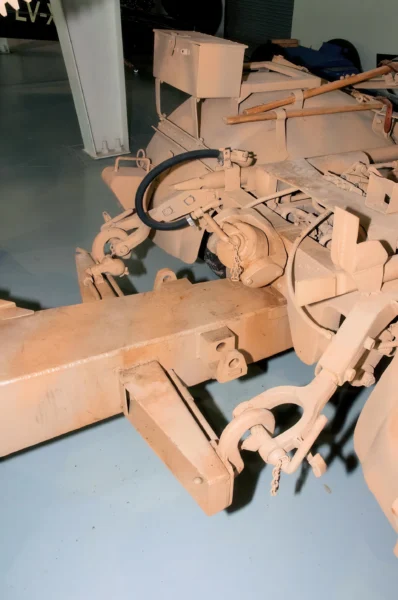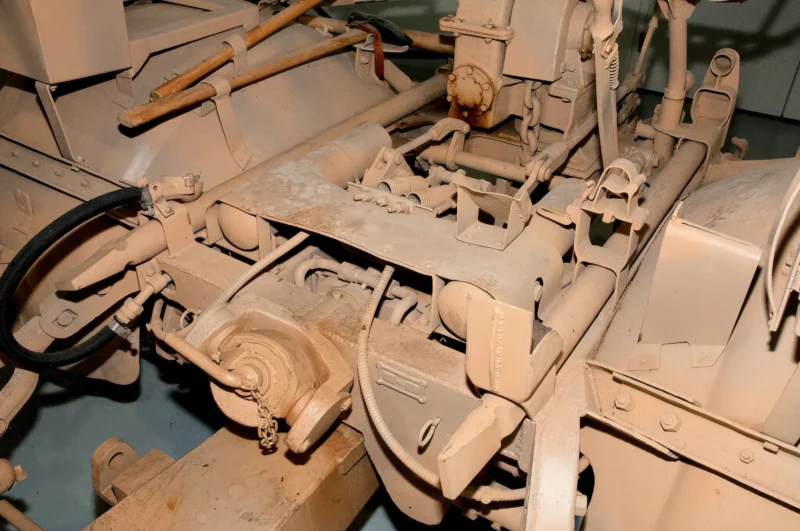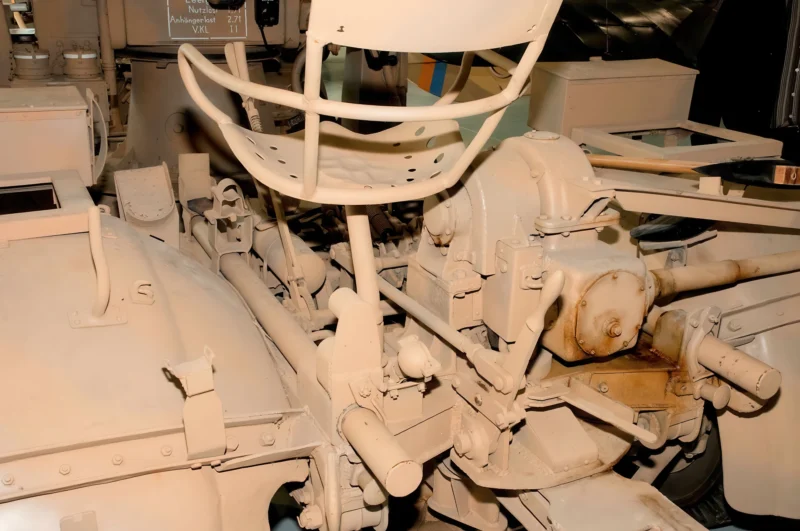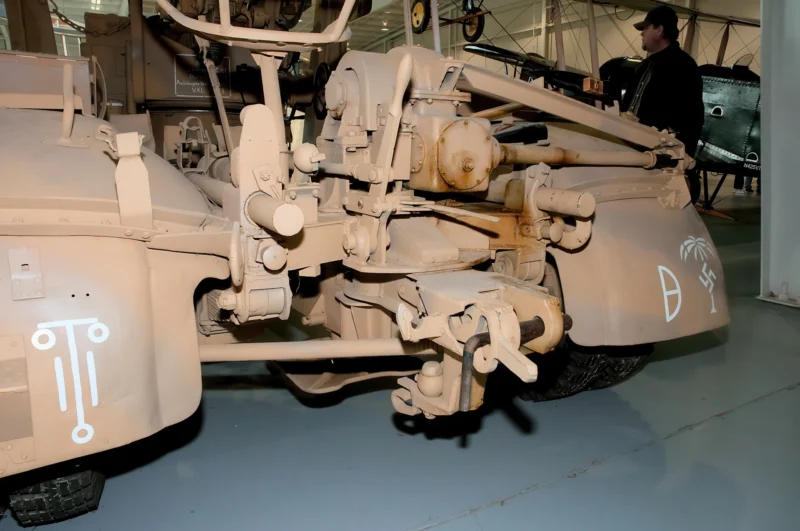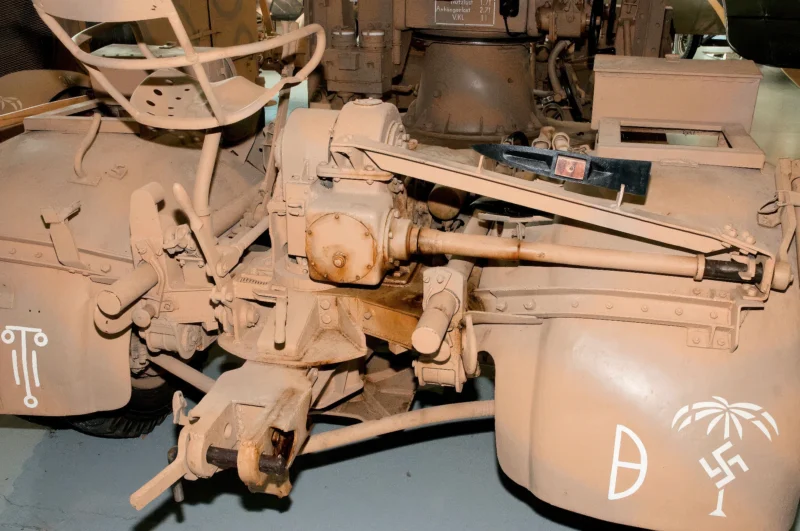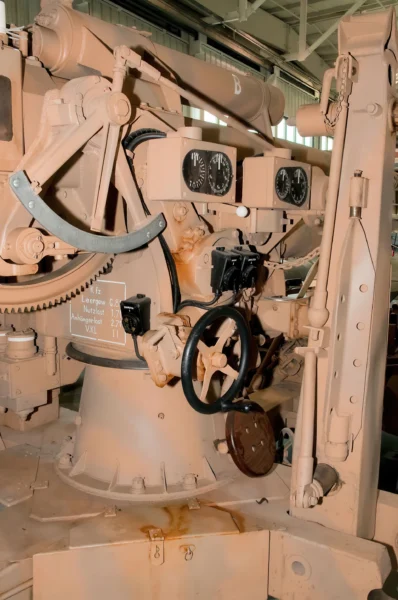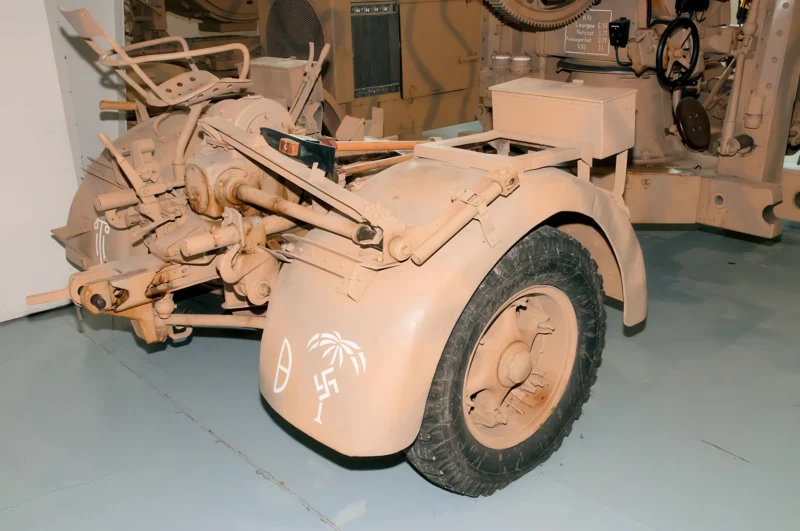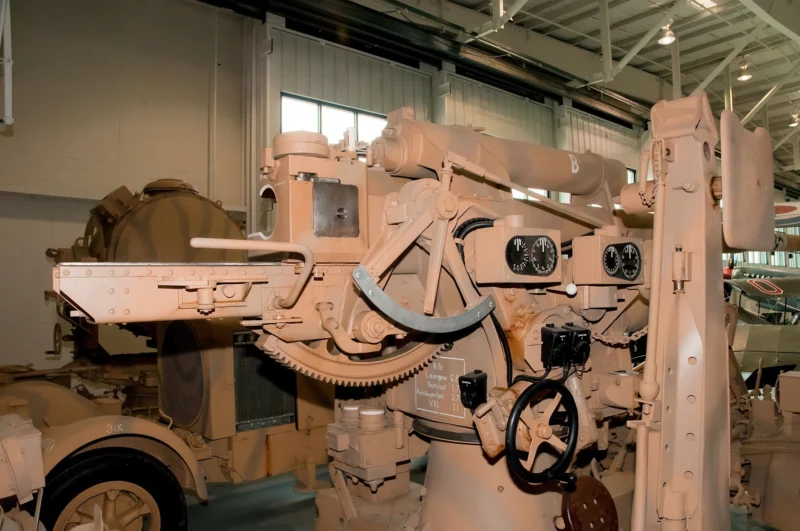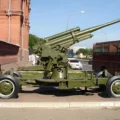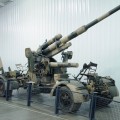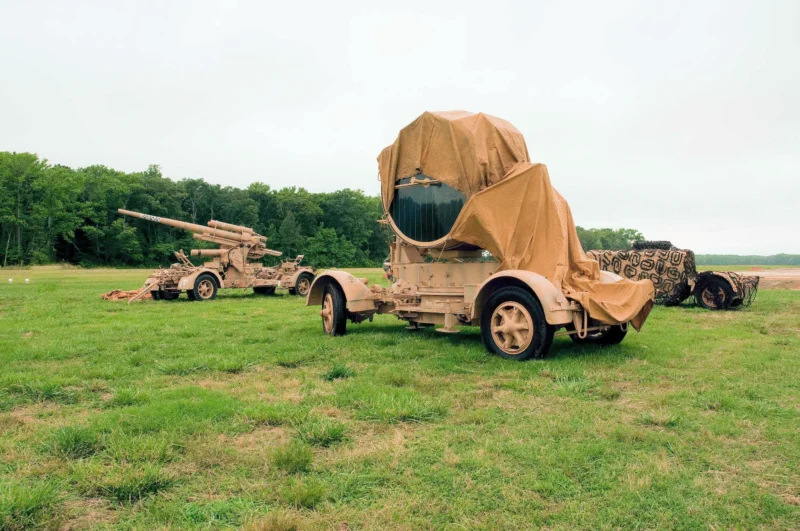
Flak 36 | |
|---|---|
| Kraju | Niemcy |
| Typu | Flak |
| Opis | Album 132 zdjęcia walk-around du canon Flak 36 |
Galeria zdjęć na Flak 36, Termin kanon 88 mm regroupe deux pièces d’artillerie de l’armée Allemande durant la Seconde Guerre mondiale. A l’origine c’est une pièce à vocation antiaérienne. La grande polyvalence de ces deux pièces a fait qu’elles équipèrent toutes deux des blindés allemands dans la deuxième moitié de la guerre, dont le Tiger. La première, le 88mm Flak18 i jego warianty, jest grą przeciwlotniczą. Został wyprodukowany w dużych ilościach i to jest to, że jest podstawą sławy "Flak 88mm".
La seconde pièce, le Pak43/1 88mm et ses variantes, apparaît en 1943 et est une pièce orientée vers un usage antichar, tache où elle excelle, par contre son coté anti-aérien est délaissé. Arrivant plus tard que la première et étant moins polyvalente elle a été nettement moins produite que les pièces Flak 88mm. Le point commun à ces deux pièces est leur puissance de feu, leur grand pouvoir de pénétration ainsi que leur cadence de tir, de plus leur grande précision est remarquable pour l’époque. Elles ont souvent été confondues et appelées communément “88" par les armées alliées, alors que les Allemands les nommaient plutôt "acht acht" (huit-huit).
Źródła: Wikipedia
Zobacz też:
German 88mm Flak 36: The “Eighty-Eight”
The 8.8 cm Flak 36 (short for Flugabwehrkanone 36) was a German heavy anti-aircraft and anti-tank artillery piece that gained legendary status as one of the most effective and feared weapons of World War II. It was a key evolution in a series of 88mm guns developed by the German firm Krupp.
Dual Role Versatility
The Flak 36 was remarkable for its effectiveness in two distinct roles:
- Primary Role: Anti-Aircraft (AA) Gun: It was originally designed to shoot down high-flying enemy bombers. Its high muzzle velocity gave the projectile enough energy to reach great altitudes, while the use of a sophisticated fire control system (like the Kommandogerät) provided high accuracy.
- Secondary Role: Anti-Tank (AT) Gun: It was its improvised use against tanks that cemented its legendary status. The gun’s high velocity and powerful armor-piercing ammunition could easily penetrate the armor of nearly all Allied tanks in the early and middle years of the war, often at long ranges where Allied tanks could not effectively reply. This capability was first demonstrated with devastating effect during the Battle of France and later in North Africa.
Key Features and Specifications
- Kaliber: 88 mm.
- Platform: It utilized a highly stable cruciform ($kreuzlafette$) mounting platform which allowed for full 360-degree traverse and high elevation (up to +85° for AA fire) as well as depression (down to -3° for AT fire).
- Barrel: A significant improvement over its predecessor (the Flak 18) was the use of a three-section barrel. This design allowed crews to replace only the worn sections of the barrel liner instead of the entire barrel, which was necessary due to the rapid wear caused by the powerful propellant charges.
- Rate of Fire: The gun featured a semi-automatic breech that ejected the spent shell casing upon recoil, enabling a high practical rate of fire of 15 to 20 rounds per minute.
- Ruchliwość: The gun was typically towed in two sections by a heavy half-track tractor, such as the Sd.Kfz. 7. Its design allowed it to be quickly moved from a traveling configuration to a stable firing position in under three minutes.
- Defense: The gun was often fitted with an armored gun shield to provide limited protection for the crew against small arms fire and shrapnel, especially when used in the direct-fire anti-tank role.
The Flak 36 became so integral to German armored warfare that the 8.8 cm KwK 36 tank gun, which armed the famous Tygrys I heavy tank, was a direct adaptation of the Flak 36.
Liczba wyświetleń : 3311
